
Dear friend,
How are you? Me, I’m still recovering from three days of Open Studio. I spent the weekend talking about wildflowers to anyone who would listen - my favourite thing to do. Perhaps I spoke to you? It was great to meet readers of this newsletter - thanks for visiting, and for supporting The Paper Wildflower! Every time I get to do this - meeting and talking to people rather than sitting in the studio on my own - I have the opportunity to review and refine - consider what I’m saying. Am I planting seeds, am I connecting, what are my motivations, what else do I need to do?
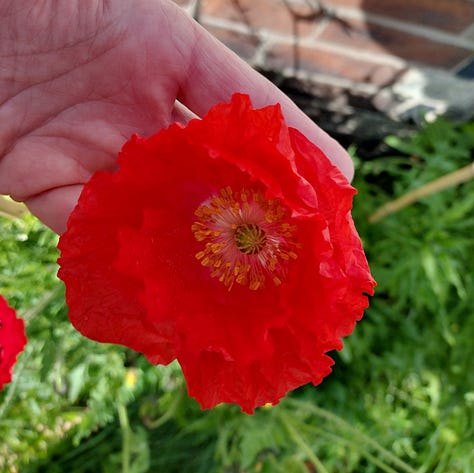
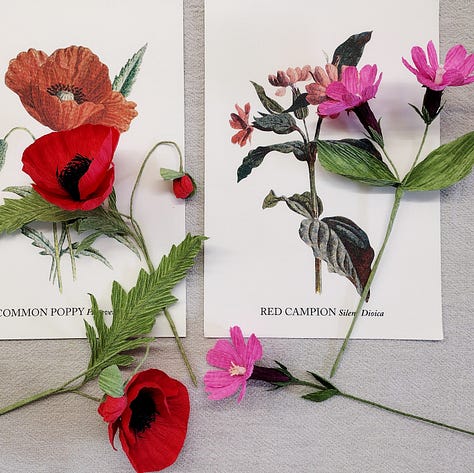
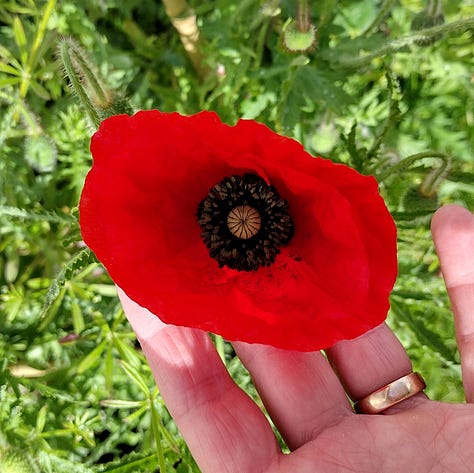
The next opportunity we will have to meet is at The Great Northern Contemporary Craft Fair, in October, at Victoria Baths, Manchester. It’s a four day fair, the first big fair I will take my work to - it’s quite an honour to be exhibiting at this event and currently I’m giving much consideration into just how I will make it work. I’m on a mission is to encourage people to look more closely at plants and wildflowers - through my art, in which I explore the form, detail and colour of wildflowers. I’m planning two major new pieces to accompany the main image above, and giving much consideration to botanical composition. One of the works is entitled “Ghost Meadow” - my ghostly wildflowers attracted some attention this weekend, and I talk about how the absence of colour makes me focus on form. Plant forms are endlessly fascinating, so varied. Elegant, clumsy, messy, sturdy - plants have so much personality. Although inspired by form, my ghost meadow has a different message behind it. Imagine a world without wild flowers. It’s not something I want to do, but given that our British wildflower meadows have declined by 97% in less than 100 years - it has to be faced.
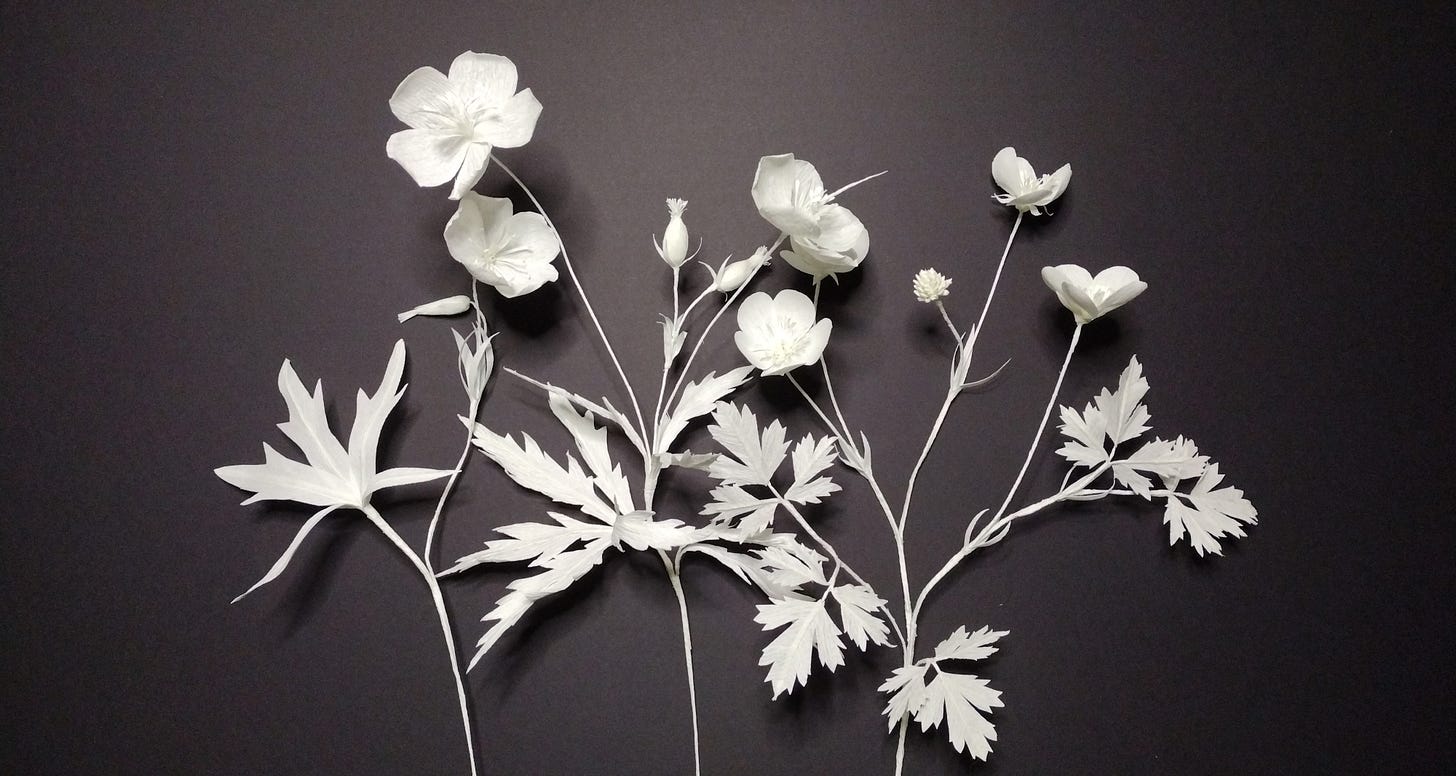
Statistics - there are so many statistics. In the most recent Plant Atlas published by BSBI, native British plants surveyed in the 20 years to 2020 are shown to have declined by 53%. Archaeophytes (ancient introductions, such as poppies and cornflowers, which probably came to Britain with the Romans) are down by 62% - these declines are related to numerous factors including changes of land use, urban spread and intensive farming practices. Neophytes (modern introductions including a number of garden escapes which are increasingly invasive) are up by 58% - the increase again due to a range of factors but largely the establishment over time of plants which may have been introduced in the last century or so, and the northwards spread of plants due to rising temperatures. Our native plants evolved to live in sometimes harsh and hostile environments, co-evolving with insects and other plants, becoming established within this geography along with birds and animals, all living things co-existing in harmony, plants providing food and shelter, insects acting as pollinators, birds and animals both reliant on plants, insects and each other for sustenance and providing a mechanism for movement and spread.
How do I translate this to my art? I’m still mulling it over. One thing kept leaping off the page at me - plant blindness. From the introduction to the Plant Atlas:
Plants are all around us. They are amazing organisms that provide us with food and oxygen, and the carbon they store has powered some of our greatest technological advances. Their beauty transforms our surroundings, inspires our creativity, and improves our physical and mental well-being. But despite their importance to us, plants are often over-looked. Plant blindness – a tendency amongst humans to neither notice nor value plants in the environment – is all pervasive in modern society. The root cause of this blindness is a lack of exposure to and connection with the natural world. This has been accentuated by the virtual extinction of botany from formal education, so much so that many children cannot name even our commonest plants. Regrettably, this decline in interest has happened just when plants need our attention the most. Globally, we know that 40% of plant species are threatened with extinction and even in Britain, where wildlife is better protected by legislation than in most parts of the world, one in every five species is listed as threatened, mainly because of the degradation of their habitats by human activities.
I am an enthusiastic amateur - and in botany, in fact, natural history in general - great strides have been made by amateur enthusiasts. When it comes to natural history, we should all be amateur enthusiasts! When I was asked to deliver “The Paper Meadow” - project which took me into 25 schools across the Wirral to share my enthusiasm for wildflowers with the children - I asked the commissioning officer “are you sure you don’t want a botanist?” - they wanted an enthusiast, someone who would share their interest and passion with the children. And so, from the conclusion of the Plant Atlas, what needs to be done?
Reduce plant blindness. Despite their importance to us, plants are often overlooked and undervalued. To address the substantial declines in populations, of our wild plants highlighted by Plant Atlas 2020, there is an urgent need to build appreciation of the vital roles that wild plants play in our daily lives, the threats they face and what we can do to help them. This needs to occur across all sectors of society so that we can work together to protect and restore the wild plants on which we all rely.
A clear message that talking about plants and wildflowers is the right thing to do, and something that everyone who has an interest and enthusiasm for these things should be doing. And more and more people are talking about plants and wildflowers, and sharing their knowledge and enthusiasm! Here on Substack a new Nature Directory makes it much easier to find nature writers, an encouraging development curated by Rebecca Wisent with endless energy and passion for the subject. A few favourite nature Stacks are Florage and Forage by Nina Veteto (who is also a great presence on Instagram @blueridgebotanic), Michela Griffith from Scotland who writes Flow: letters from the moss, beautiful, contemplative musings on a connection to nature, and Chasing Nature by Bryan Pfeiffer, always a thoughtful and informative read. But don’t just take it from me, take a look at the directory and discover the writers who appeal to you!
There are few better ways of combating plant blindness than simply sharing the love - and I know that people who are into plants feel that love. Botany has all but disappeared from the curriculum, so spread it around, share what you know. Next time, I’d like to share some of my favourite books and reference points, so if you have any recommendations to share, please let me know in the comments.
Until then, with love, Ling
See also: Plant Blindness
JOIN ME TO LEARN THE GENTLE ART OF PAPER FLOWER MAKING
Would you like to learn the gentle craft of paper flower making? Join me for The Paper Wildflower Course, starting on Tuesday 18th June with OxEye Daisy - join me at 10am for a 2.5 hour session learning how to craft this iconic British wildflower.
Classes are currently offered at a special rate of £30 (full price £35), and you can either opt to book the whole series or individual classes. Spaces are limited - book now to secure your place! This is the first of six sessions and will be followed by harebells, cyclamen, sea thistle, cornflowers and dandelions. Paper flower making is a mindful, relaxing hobby which cannot help but bring you closer to nature. The small classes are a friendly and welcoming space to come into and have some relaxing ‘me time’. Plus - you’ll have a wonderful wildflower bouquet by the end of it!
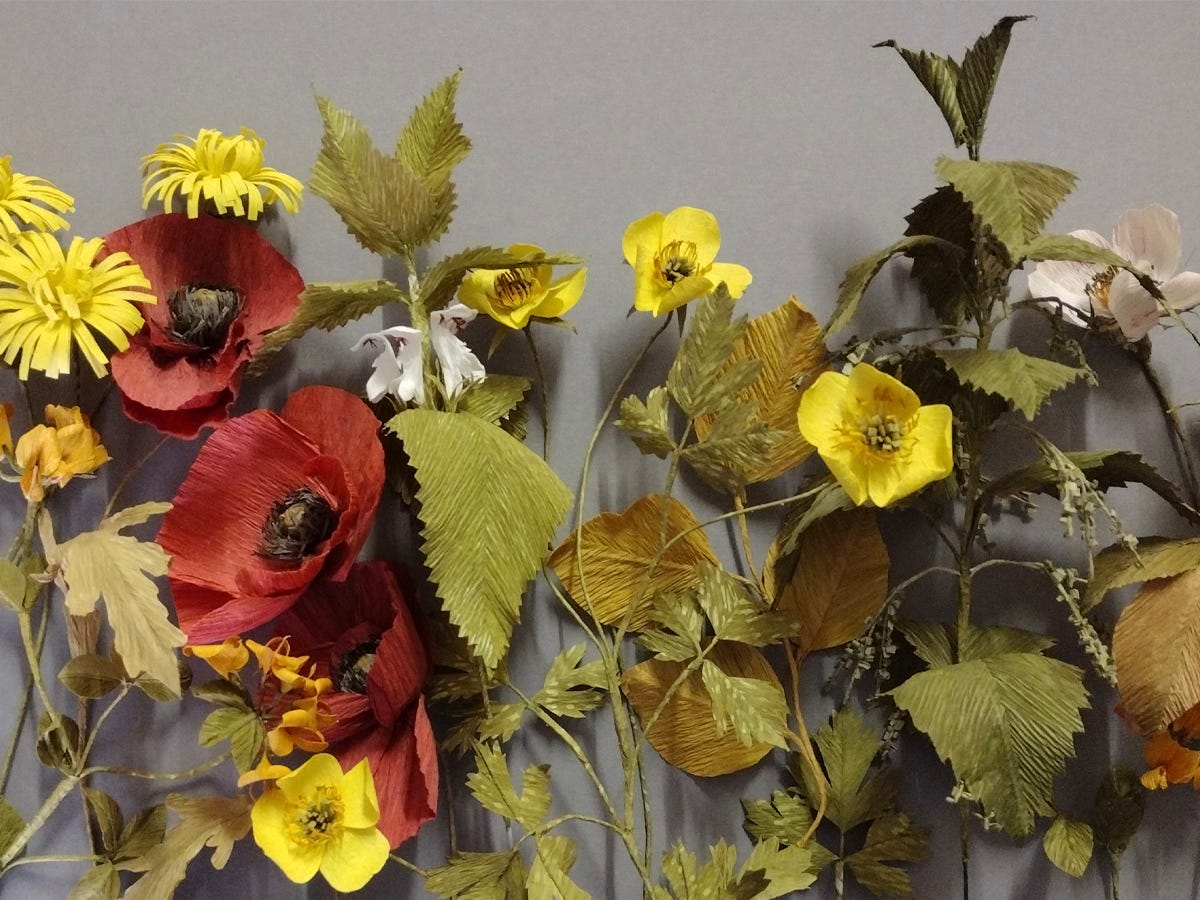





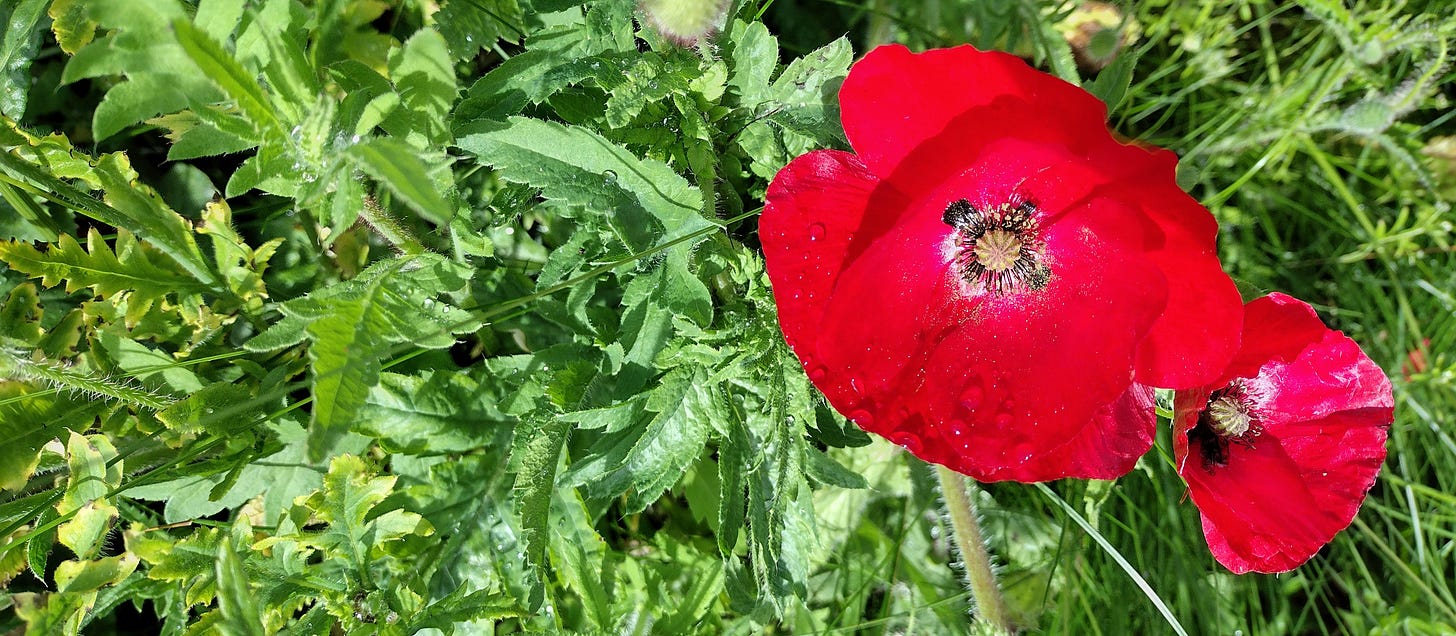
Excellent article, Botany needs to be much more widely taught and appreciated. I had a keen interest in plants and knew a lot of wildflowers by name by the time I went to University to study Botany in 1985. The Botany course focussed on biochemistry and plant anatomy, with one course on plant ecology and a couple of field trips. Even at that time, learning plant names was not really covered! I was possibly the only person from our graduation class who had a good knowledge of field botany.
Thanks for the kind mention Ling. I recently bought A Field Guide to Bryophytes by Dominic Price and Clive Beasley to help me begin to identify all the mosses I find here. In the course of this I found an excellent (independent) bookshop called nhbs. If you haven’t come across it there is an excellent range of both UK and overseas botany books. Next on my list are lichens…
https://www.nhbs.com/books